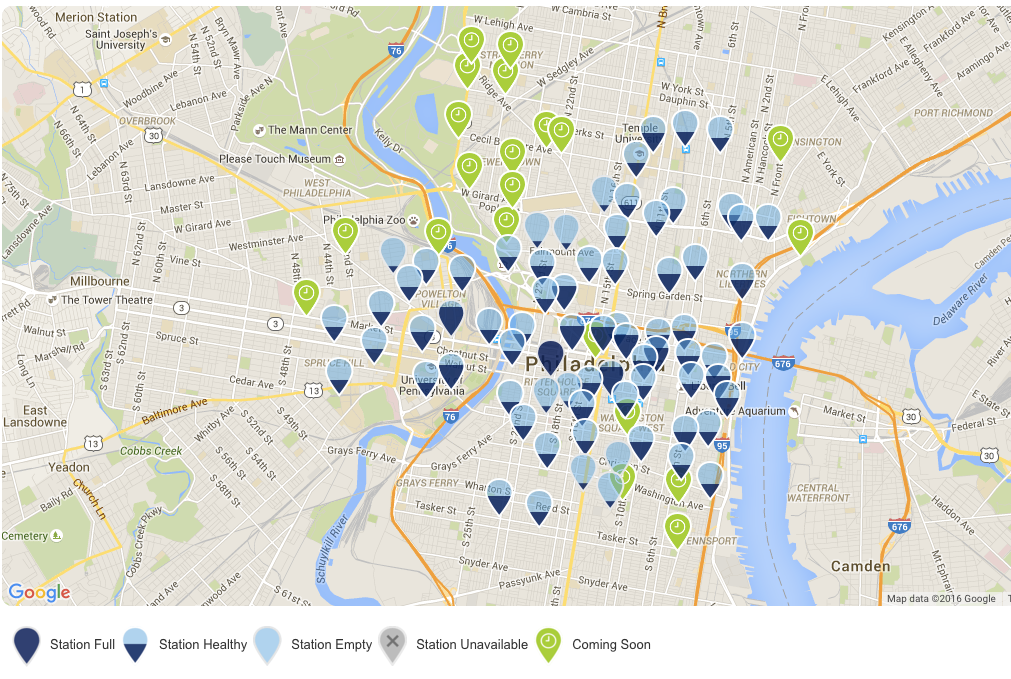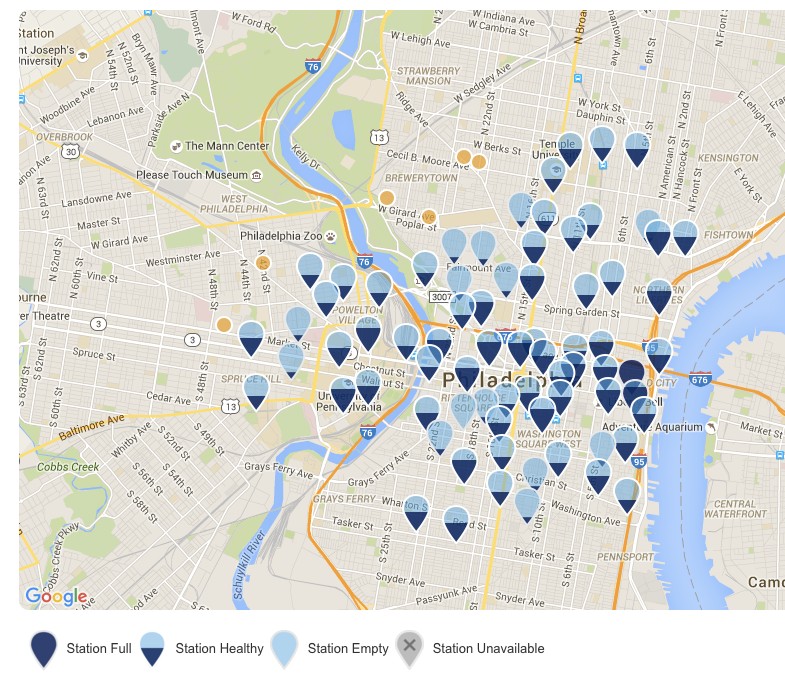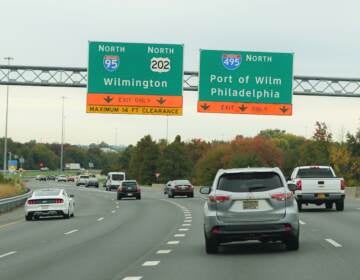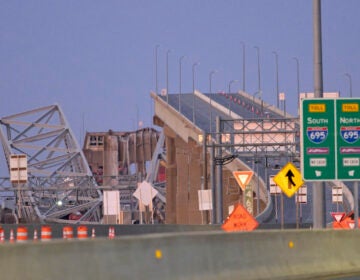Indego gets 24 new stations, 300 new bikes and more for first birthday
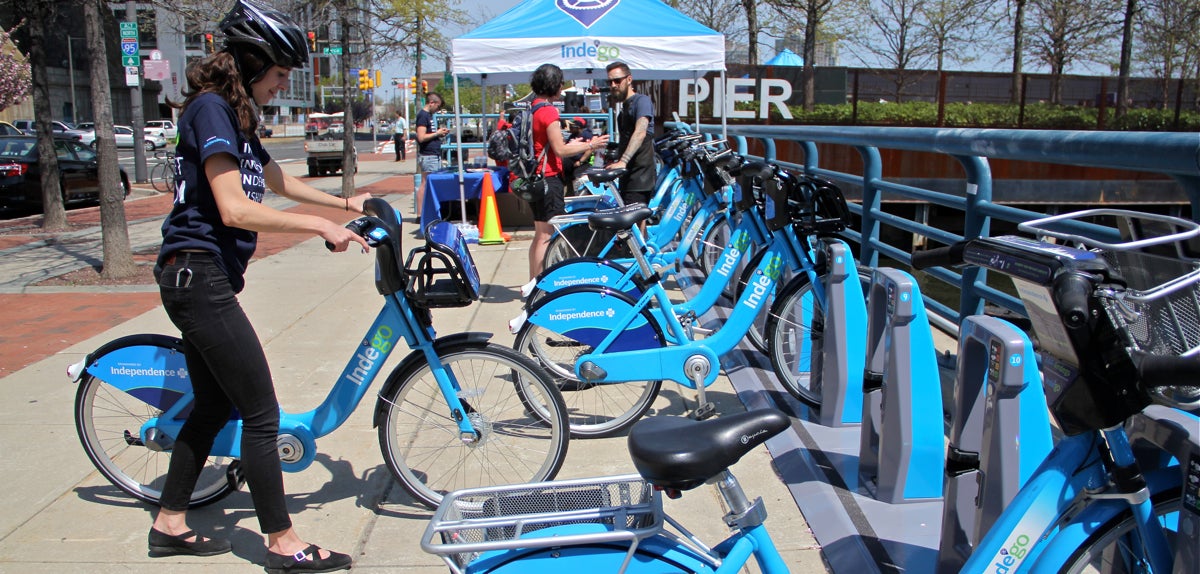
Indego turned one today, and the city threw Philly’s bike share system quite the birthday celebration.
Cake was served. “Happy Birthday” was sung. All Indego’s friends showed up: Mayor Jim Kenney, Deputy Managing Director Clarena Tolson, half of the Office of Transportation and Infrastructure Systems (OTIS) staff, and representatives from sponsor Independence Blue Cross, benefactor William Penn Foundation, and plenty of other supportive organizations.
And then came the gifts: 300 upgraded new bikes, 24 new docking stations, and an improved mobile app.
But Indego might have given better than it got, as officials announced a discounted monthly membership for lower income residents.
NEW STATION LOCATIONS
- 10th & Federal
- 11th & South, Magic Gardens
- 15th & Market
- 15th & South
- 19th & Girard, PTT
- 22nd & Cecil B. Moore
- 24th & Cecil B. Moore, Cecil B. Moore Library
- 26th & Pennsylvania
- 26th & Poplar
- 27th & Master, Athletic Recreation Center
- 29th & Dauphin
- 29th & Diamond
- 31st & Girard
- 33rd & Dauphin
- 33rd & Diamond
- 33rd & Reservoir
- 34th & Mantua
- 42nd & Lancaster
- 46th Street Station, MFL
- 4th & Washington
- Berks Station, MFL
- Moyamensing & Tasker
- Penn Treaty Park
- Race Street Pier
ACCESS card holders can now pay $5 a month, instead of the regular $15, for unlimited rides of up to an hour. In Indego’s first year, monthly members made 75 percent of trips. Twenty-two percent of trips were walk-up trips, which cost $4 for 30 minutes. IndegoFlex members, who pay $10 a year to get $4 rides that last up to an hour, made just two percent of trips.
Across the U.S., bike share is primarily a white, middle-class amenity. Indego was the first bike share system established with an explicit focus on racial and socioeconomic equity.
Mayor Kenney repeated the city’s commitment to expanding Indego equitably.
“This expansion is going to every neighborhood,” said Kenney. “I would like to make the hallmark of this administration… equity in every single neighborhood. No matter what zip code you’re born in, no matter what zip code you live in, the amenities you experience should be as high quality as the amenities experienced in any other zip code.”
The decision to offer a discount to lower-income Philadelphians builds upon research by the Better Bike Share Partnership, a coalition founded in conjunction with Indego to study disparities in transportation access generally, and in bike share specifically. Research showed one of the primary barriers to bike share was its prohibitively high cost for the 27 percent of Philadelphians living in poverty.
Another common barrier to bike share usage is convenience of location: Most systems in other cities cluster all of their stations in upper-middle class neighborhoods and commercial districts. When Indego launched, 20 of their initial 70 stations were located in low-income neighborhoods. With this expansion, 30 of 98 stations will be located in such communities. The Strawberry Mansion, Belmont and Parkside neighborhoods will soon see their first stations.
Indego’s efforts to attract lower income riders has produced mixed results so far. Indego’s most popular locations are largely in Center City and University City, and its cash payment option, developed specifically for riders who don’t have credit or debit cards, accounts for just one percent of riders making three percent of rides.
Eventually, the program will expand to 185 stations, said Cara Ferrentino, Indego program manager at OTIS. To attract enough riders, stations need to be located fairly close to one another and in dense neighborhoods. Those limitations make more rapid and ranging network expansions—to the lower Southwest, or Bustleton, or East Falls, say—impractical.
In addition to the new locations and new payment program, OTIS officials also unveiled Indego’s latest model of bike. The Indego 2.0 is ten pounds lighter, slimming down to 35 lbs. The new bikes were able to shed that weight in part by removing the rear wheel basket. To compensate, the front handlebar basket is larger.
Ridership on the system has grown faster here than elsewhere. In its first year*, Indego saw 502,000 rides. Around 10 percent of those were round trips, where the rider picked up and dropped off her bike at the same station. Mean trip times were 26.27 minutes but median trips lasted just 13 minutes, suggesting there were some very long (and more expensive) trips among a larger pool of shorter rides. The system averaged 1461 trips per day, or about 20 per station.
Unsurprisingly, Indego’s ridership numbers fluctuate greatly depending on the weather. OTIS Complete Streets Implementation Manager Aaron Ritz said that the system operates with a positive cash flow during its peak seasons. Ritz did not have more precise budget figures available.
The National Association of City Transportation Officials (NACTO) also released its station siting guide at today’s celebration. The report provides cities guidance on where to place their own bike share stations.
* PlanPhilly reviewed data from Indego’s launch on April 23, 2015 up to March 31, 2016. Technically, that’s just 344 days. Also, per station data does not reflect the system’s expansion from just 60 on its opening day up to 74 just before today’s announcement.
WHYY is your source for fact-based, in-depth journalism and information. As a nonprofit organization, we rely on financial support from readers like you. Please give today.



